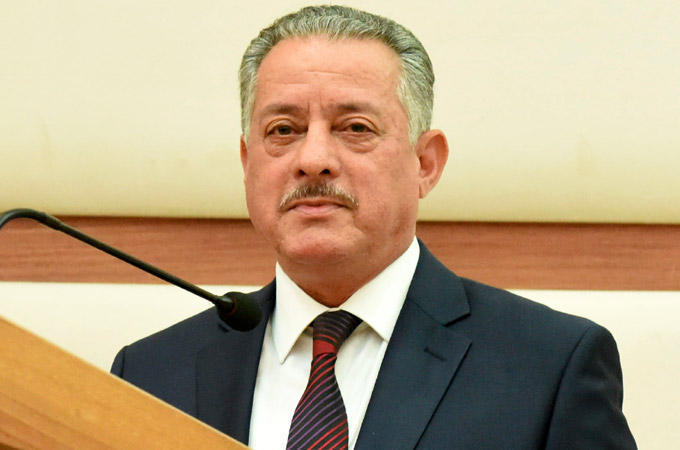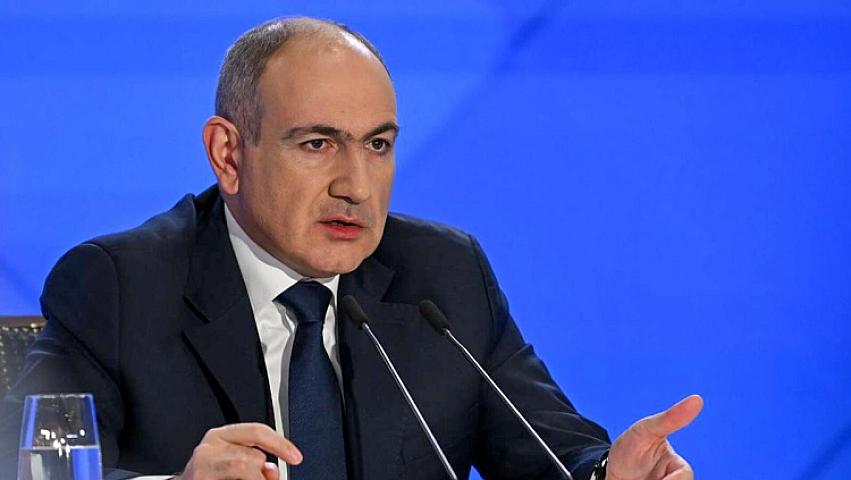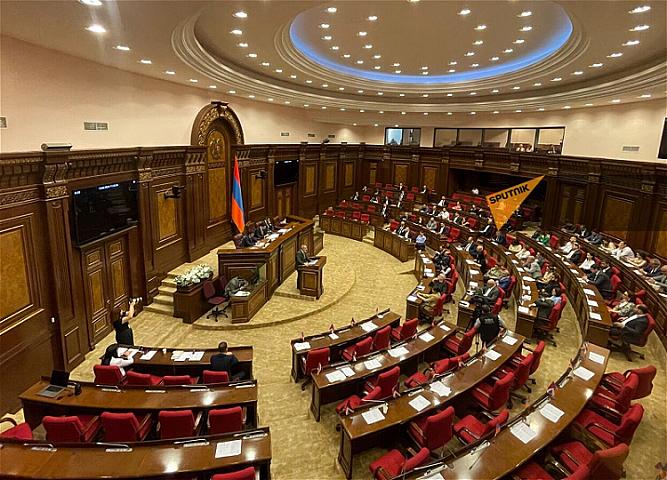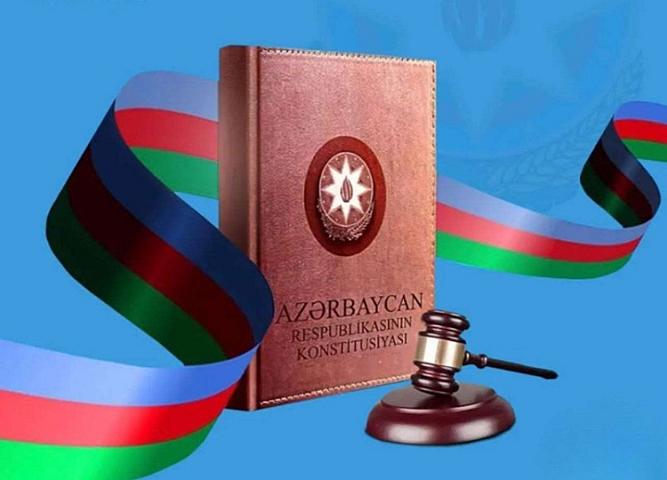The Organization for Security and Co-operation in Europe (OSCE) Minsk Group, which acted as an international mediator in the Armenia-Azerbaijan conflict, is on the verge of being dissolved.
The OSCE, uniting 57 countries, was established in 1975 under the name Conference on Security and Cooperation in Europe (CSCE). Azerbaijan and Armenia were admitted to the organization on January 30, 1992.
On March 24, 1992, the CSCE Council of Foreign Ministers decided to convene a peace conference concerning Nagorno-Karabakh. The conference was planned to be held in Minsk.
On May 1, 1992, the Minsk Group was created to organize the conference, and the Italian Mario Raffaelli was given a mandate to prepare for the conference. He served as the chairman of the Minsk Group until 1994.
In December 1994, the co-chairmanship institution was established, assigned to Russia and Sweden. Later, Sweden was replaced by Finland.
On December 30, 1996, instead of the Finnish representative, the French representative was appointed as co-chair, and on February 14, 1997, an additional co-chair country joined the Minsk Group: the USA.
Besides the co-chairs and Azerbaijan and Armenia, Belarus, Germany, Italy, Sweden, Finland, and Turkey were also part of the Minsk Group.
From September 27 to November 10, 2020, following the war led by Azerbaijan and post-war negotiations, and as a result of localized military operations, 7 districts were fully and 4 districts partially liberated.
On September 19, 2023, Azerbaijan launched a military operation against the occupying regime controlling part of the country. The next day, the regime undertook to disarm, and from September 24, mass deportations of Armenians from Karabakh began, with the regime surrendering on September 28.
On May 24, 2024, Armenia withdrew from 4 villages of Gazakh.
One village of Sadarak and 3 villages of Gazakh remain surrounded by Armenian territory (enclave) and are still occupied.
On August 8, 2025, the foreign ministers of Azerbaijan and Armenia initialed a draft agreement on peace and establishment of interstate relations between the two countries, and both also signed a joint appeal to the OSCE Chair to close the Minsk process and related structures.
According to the latest information, a draft decision of the OSCE Council of Foreign Ministers regarding the closure of the Minsk process and its associated structures has been sent to participating states for approval by September 1. Since none of the 57 countries have objected, the decision is expected to be adopted on that date.

In a statement to Medianews.az on the topic, political analyst Aydin Guliyev said that the OSCE Minsk Group cannot be dissolved with a simple one- or two-sentence decision: “The decision must be of a fundamental nature and must fully address all questions. What is important is that a principal agreement has already been reached, and even Armenia, which once reacted violently when the issue was raised, has finally accepted Azerbaijan’s demand.”
According to A. Guliyev, the decision to dissolve the Minsk Group to be adopted at the OSCE must be sufficiently substantiated with legal and political arguments: “Otherwise, a non-legal and non-political approach such as ‘Since Azerbaijan and Armenia agreed and want the group dissolved, we are dissolving it too’ should not be presented. That would be wrong. Let us not forget that the final decision on the dissolution of the Minsk Group will also serve as official confirmation that the protracted conflict was resolved within the framework of international law, based on four UN resolutions, and through Azerbaijan’s own efforts. The OSCE decision should emphasize that the conflict was resolved once and for all under these principles, and that the Nagorno-Karabakh conflict belongs to the past.”
It is important for the OSCE’s political history to contain documents verifying how this conflict was resolved. The official dissolution of the Minsk Group should be confirmed not only as the position of Azerbaijan and Armenia but also of all OSCE structures. Just as today the OSCE’s effective actions in resolving this conflict raise questions for us, they will also raise the same questions within the OSCE itself in the future. It is undeniable that someday these kinds of questions will be raised within the OSCE itself. Who and how will answer the pointed question ‘Why did Azerbaijan resolve this conflict by itself?’ in 30-50 years? Who and how will determine the extent of the contributions of Azerbaijan and the OSCE as a mediator in resolving the past Nagorno-Karabakh conflict? Who and how will provide answers within the OSCE to the question of what results the Minsk Group's 30 years of activity has yielded or failed to yield? Why was the OSCE unable to resolve this conflict? Who should bear responsibility for the OSCE’s failure – the acting chairs of the organization or the co-chair countries? All these answers should be reflected in the final decision to dissolve the Minsk Group. The decision should be made after discussions involving significant representations from the 9 or 11 countries that were members of the group. That decision should turn into international confirmation that the conflict, which Azerbaijan brought to an end, has been resolved forever. Specifically, the decision on the dissolution of the Minsk Group should also serve as confirmation that the past Nagorno-Karabakh conflict has been definitively resolved.”
“I do not believe that there is a clear procedure in the OSCE’s charter determining how the Minsk Group should be dissolved. For instance, the OSCE has created such groups ten times but never dissolved any... The Minsk Group was a unique phenomenon in the history of the OSCE, and naturally, its dissolution can also only be carried out through a unique mechanism.”
Toğrul Ali,
Medianews.az







